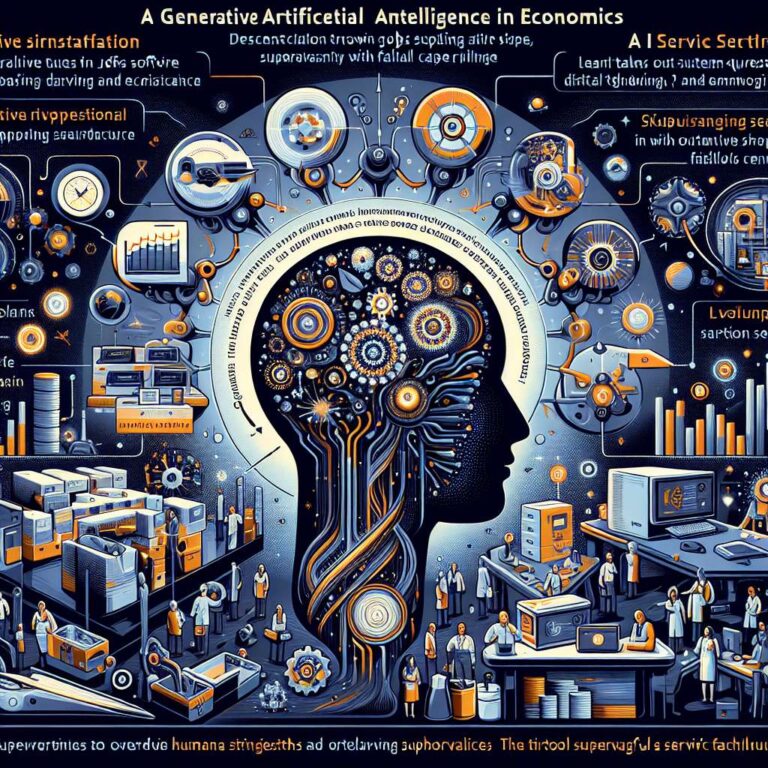Generative Artificial Intelligence is moving from a buzzword to a frontline force in service industries, functioning less like a tool and more like an always-on worker. The technology can handle customer queries at scale, respond in real time, and apply policies consistently. That level of availability and capacity is changing how companies think about staffing, scaling, and the design of everyday operations.
The immediate economic pull is cost reduction. With fewer repetitive tasks handled by people, payrolls can shrink and investment shifts toward technology. That creates efficiency but also narrows the traditional pipeline of entry-level roles that once served as stepping stones in retail and support centers. The result is a redistribution of spending that benefits tech capabilities while intensifying pressure on the labor market for early-career positions.
Operationally, Artificial Intelligence raises the bar. Service work often involves navigating dense policies and technical details, and systems that do not forget or fatigue bring fewer errors and more consistent outcomes. Customers get faster, more reliable answers, but workers face higher performance expectations. Standing out increasingly means excelling at what the system cannot do, rather than repeating what it does well.
Job content is shifting rather than disappearing. Human agents now work alongside Artificial Intelligence, stepping in for exceptions, improving outputs, and training models. That elevates skills in system understanding, data-informed oversight, and failure recovery. Onboarding also changes: instead of memorizing scripts and policies, new hires learn to operate and guide the system, which shortens training cycles but demands more technical fluency and adaptability.
Scale dynamics are being rewritten. Previously, reaching more customers required hiring more staff. Now a single system can support global operations without time zone limits and with broad language coverage. Startups can expand with leaner teams, and established firms can extend reach without linear headcount growth, provided they assemble the right stack and processes around the technology.
Benefits are not confined to large enterprises, though they hold advantages in budgets and data. Smaller businesses can level up if they select the right tools early. Even so, the article underscores enduring human strengths: empathy, strategy, and innovation remain essential. The service sector is not disappearing; it is evolving toward human oversight of powerful systems, with success hinging on new skills, thoughtful deployment, and clear understanding of where people add irreplaceable value.

